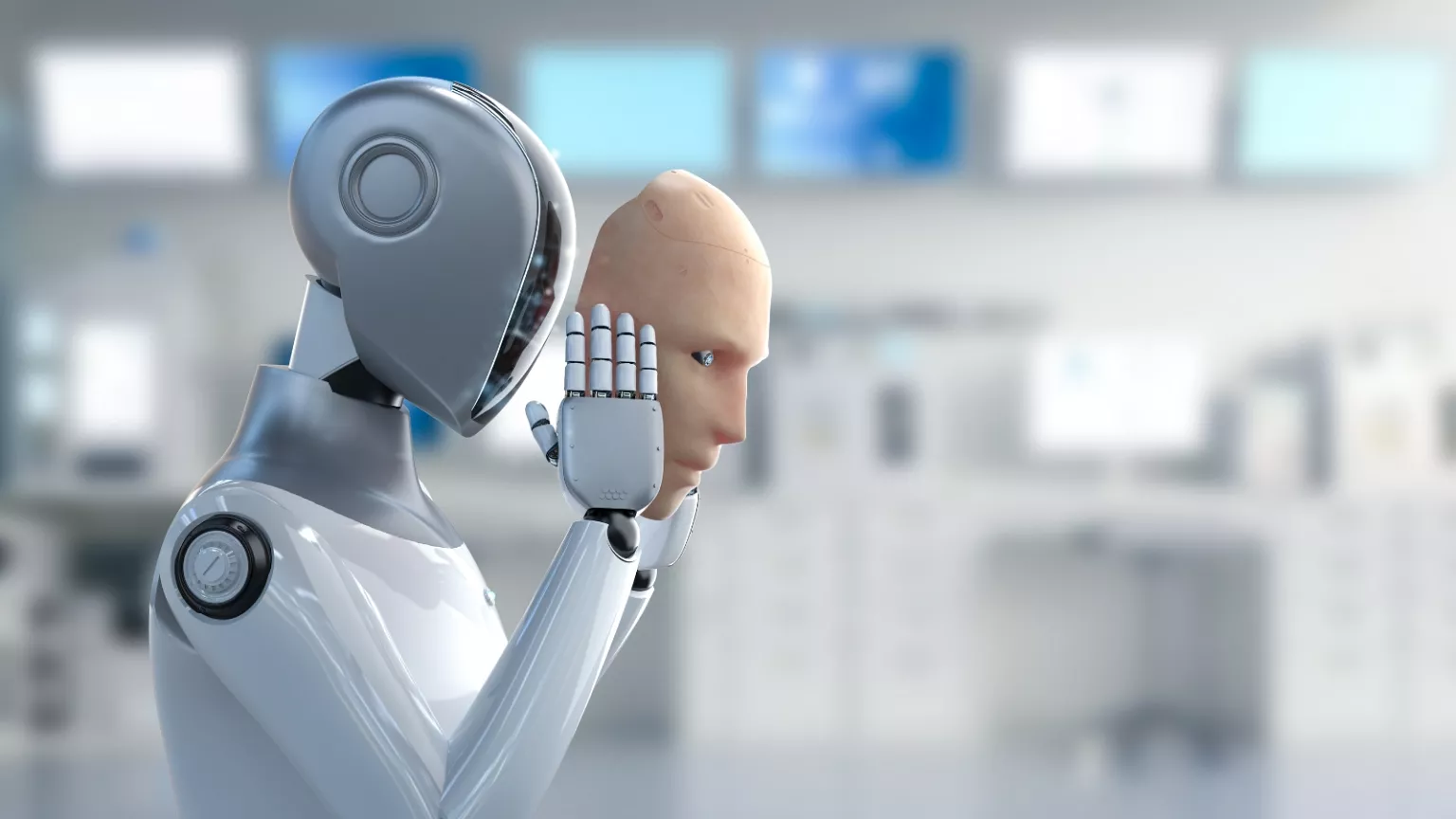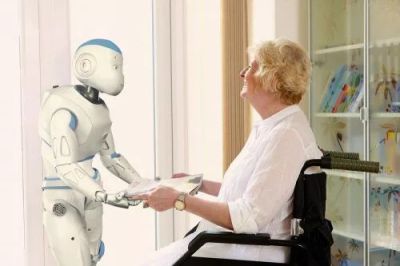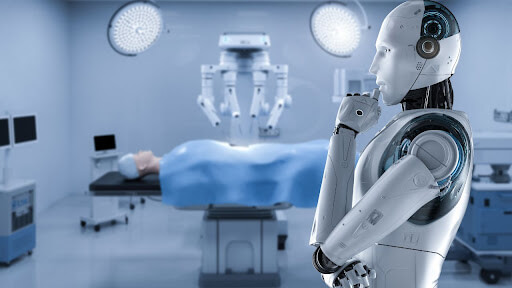Humanoid Robots: The Future of Robotics

Introduction to Humanoid Robots
Humanoid robots are robots designed to resemble and mimic human form and functions. These robots typically have:
- A torso with a head, two arms, and two legs
- Sensors to perceive their environment
- Actuators to move and interact
- Some level of artificial intelligence
History of Humanoid Robots
The concept of humanoid robots has existed for centuries, but significant developments include:
- 1495: Leonardo da Vinci designs a mechanical knight
- 1927: Westinghouse creates "Televox" - the first humanoid robot
- 1973: WABOT-1, the first full-scale humanoid robot
- 2000: Honda's ASIMO demonstrates advanced mobility
- 2010s: Sophia becomes first robot citizen

Key Technologies in Humanoid Robots
Artificial Intelligence
Machine learning algorithms enable decision making, natural language processing, and adaptive behavior.
Computer Vision
Cameras and image processing allow robots to recognize objects, faces, and navigate environments.
Actuators and Motors
Precision motors and hydraulic systems enable human-like movement and dexterity.
Sensors
Touch, pressure, temperature, and proximity sensors provide environmental feedback.
Famous Humanoid Robots
| Robot | Developer | Year | Capabilities |
|---|---|---|---|
| ASIMO | Honda | 2000 | Walking, running, climbing stairs, recognizing faces |
| Sophia | Hanson Robotics | 2016 | Conversation, facial expressions, AI reasoning |
| Atlas | Boston Dynamics | 2013 | Parkour, object manipulation, balance recovery |
| Pepper | SoftBank Robotics | 2014 | Emotion recognition, customer service applications |
Applications of Humanoid Robots
- Healthcare: Patient care, surgery assistance, rehabilitation
- Education: Teaching assistants, language learning
- Customer Service: Receptionists, retail assistants
- Entertainment: Theme parks, interactive exhibits
- Research: Human-robot interaction studies
- Disaster Response: Search and rescue in dangerous environments

Challenges in Humanoid Robotics
Technical Challenges
- Energy efficiency and battery life
- Balancing and locomotion
- Precision in object manipulation
- Real-time processing requirements
Ethical Concerns
- Job displacement
- Privacy issues
- Autonomous decision making
- Robot rights
Future of Humanoid Robots
Emerging trends and future possibilities:
- Improved AI with better reasoning and learning capabilities
- More lifelike appearance and movements
- Integration with IoT and smart environments
- Emotional intelligence and empathy simulation
- Swarm robotics with coordinated humanoid teams
- Brain-computer interfaces for direct control
Conclusion
Humanoid robots represent one of the most fascinating and challenging areas of robotics and artificial intelligence. While significant progress has been made, many technical and ethical challenges remain.
As these technologies continue to advance, they promise to transform industries, improve quality of life, and challenge our understanding of what it means to be human.
Thank You!
Questions and discussion
